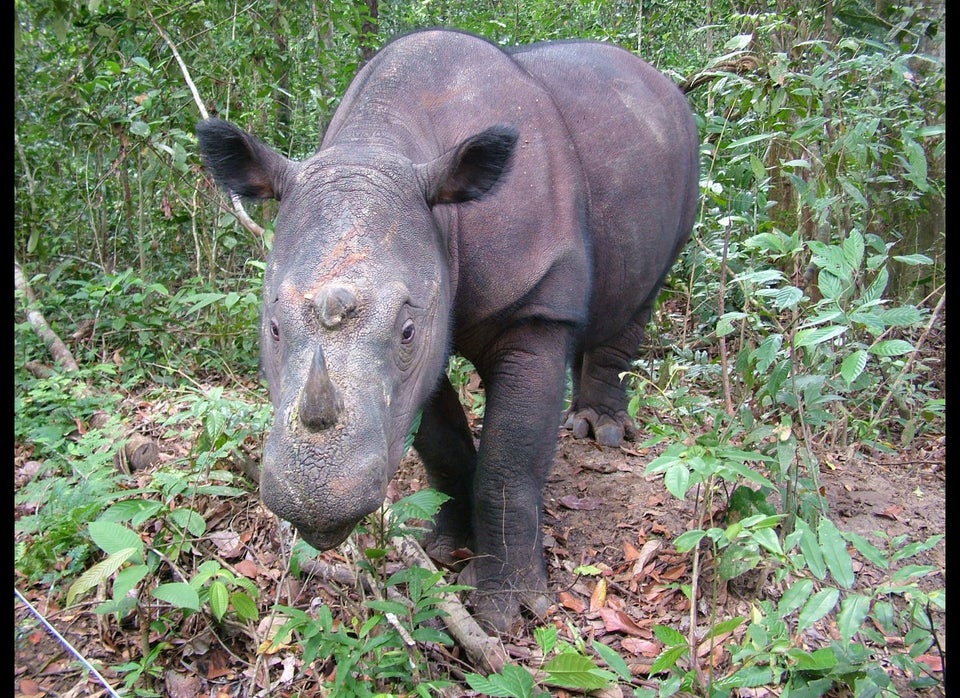
By Alister Doyle, Environment Correspondent
OSLO, June 12 (Reuters) - The armadillo, mascot of the FIFA World Cup, is threatened with extinction in the wild because of hunting, loss of habitat and even from the soccer tournament itself, scientists said on Thursday.
Brazilian Three-Banded Armadillos defend themselves by rolling into a ball - making them attractive as a symbol of the World Cup.
But the tactic is pointless against a human hunter, who can pick them up without a chase. And there are fears all the World Cup publicity may lead people to adopt the cute animals as pets, putting their dwindling numbers under further pressure.
"The species is believed to have declined by more than a third over the last 10 to 15 years due to a 50 percent loss of its dry shrubland 'Caatinga' habitat," according to the Red List of endangered species.
A 2014 version of the list, run by the International Union for Conservation of Nature (IUCN), formally says the armadillo native to eastern Brazil is "vulnerable" to extinction, the same as in a previous assessment in 2009.
But a top expert said new evidence from Brazil showed that threats to the animals, which grow up to about 50 cm (20 inches) long, were mounting and that it would would be put into a higher threat category as "endangered" in coming months.
"The situation is even worse than we thought," Mariella Superina, chair of the IUCN's anteater, sloth and armadillo specialist group, told Reuters by telephone. "Three-banded armadillos are very easy to catch."
"Fuleco", the name of the FIFA mascot, is a combination of Futebol (football) and Ecologia (Ecology). Superina urged FIFA to fund measures to help protect the creatures, including from what might be damaging World Cup publicity.
"People see it as a cute animal because it rolls itself up into a ball. We are worried that people will want them as pets. They are definitely not pets," she said.
The armadillo has come back from the brink before - it was widely believed to be extinct until rediscovered in the early 1990s.
Caroline Pollock, Program Officer of the Red List, said a spread of sugar cane and soybean farming had shrunk the armadillos' habitat in recent years.
The Red List update also said that almost 80 percent of temperate slipper orchids, named after their colorful shoe-shaped flowers, and more than 90 percent of lemurs were threatened with extinction.
The list, marking its 50th anniversary in 2014, said it now has reports about the status of 73,686 species of animals and plants, of which 22,103 are threatened with extinction. (Reporting by Alister Doyle; editing by Andrew Roche)

